Honey is a potent natural antimicrobial agent thanks to its unique components, these include: high sugar content, low water activity, acidity (pH 3.2–4.5), hydrogen peroxide (H₂O₂), proteins like bee defensin-1, and polyphenols. These elements act synergistically to inhibit bacterial growth, even against antibiotic-resistant strains like MRSA. 1.
Ulmo honey is particularly rich in polyphenols and hydrogen peroxide (H₂O₂), thanks to its botanical origin from Eucryphia Cordifolia flowers which enhances its potency.
Key mechanisms of these compounds include osmotic dehydration of bacteria, oxidative stress from H₂O₂, and disruption of bacterial membranes.
Ulmo Honey also accelerates wound healing, reduces inflammation, and minimizes scarring, offering significant potential in modern medicine! 2.
- Almasaudi, Saad. “The Antibacterial Activities of Honey.” Saudi Journal of Biological Sciences, vol. 28, no. 4, Oct. 2020, www.sciencedirect.com/science/article/pii/S1319562X20304952, https://doi.org/10.1016/j.sjbs.2020.10.017.
- Muñoz, Mariela, et al. “Antibacterial and Wound-Healing Action of Ulmo Honey (Eucryphia Cordifolia) of Differing Degrees of Purity.” Frontiers in Veterinary Science, vol. 10, 12 May 2023, https://doi.org/10.3389/fvets.2023.1172025. Accessed 8 June 2024.


